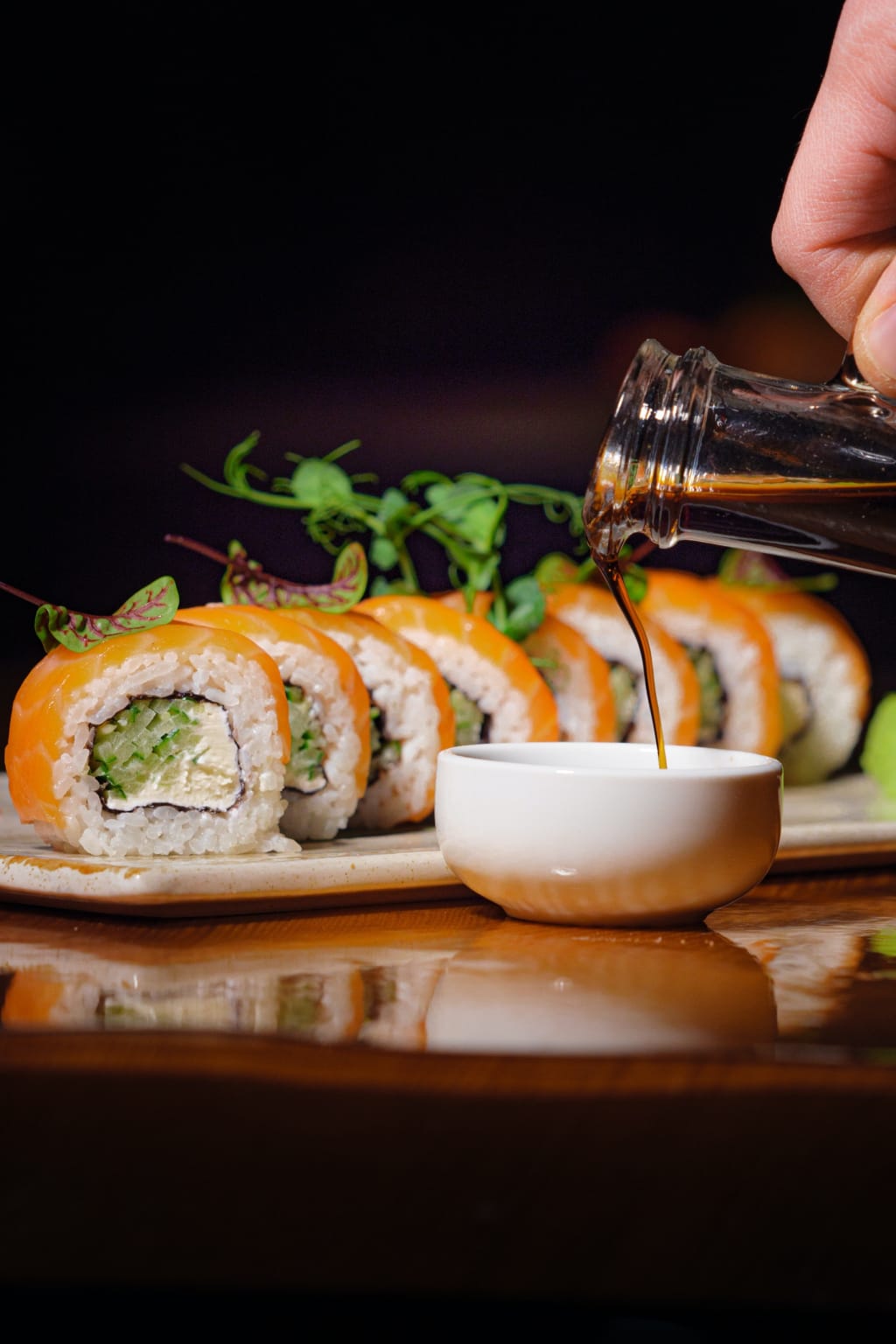Crafting Excellence: The World's Most Expensive Soy Sauce
A Journey into the Ancient Art of Kamabishi Soy Sauce

In the enchanting city of Higashigagawa, Japan, Kamabishi Soy Sauce draws from a 200-year-old recipe to create what is perhaps the world's most exquisite soy sauce. This elixir, aged for two decades, embodies the essence of complexity and craftsmanship. While mass-produced soy sauces saturate the market at affordable prices, Kamabishi's 20-year aged soy sauce stands as a testament to the art of patience and the pursuit of perfection. So, what makes this ancient method so exceptional, and why does Kamabishi's soy sauce command such a hefty price tag?
The Art of Aging: A 20-Year Journey
Kamabishi's soy sauce is a testament to time and tradition. Unlike its mass-produced counterparts, which may ferment for mere days, Kamabishi embraces an intricate process that involves fermenting for weeks and aging for decades. This method yields flavors that are simply unattainable in quick-turnaround production.
The Essence of Quality: Starting with Soybeans
At the heart of every exceptional soy sauce are high-quality soybeans. Kamabishi starts with this essential ingredient, emphasizing the importance of sourcing top-notch soybeans to achieve the depth of flavor their soy sauce is renowned for.
The soybeans undergo a meticulous steaming process, lasting 18 hours, ensuring they reach the perfect state of softness. This phase is critical to the subsequent fermentation process.
The Magic of Koji: The Key to Flavor
The secret behind Kamabishi's soy sauce lies in Koji, a thick soybean mash. Koji is the catalyst for the sauce's unique flavor profile. In the historic city of Higashigagawa, Kamabishi meticulously nurtures and ages Koji using a recipe passed down through generations.
Preserving Tradition: The Mushiro Koji Method
Kamabishi proudly employs the Mushiro Koji method, a traditional approach that few breweries in the world still practice. This method relies on human expertise and hands-on monitoring to maintain an ideal Koji fermentation environment.
The temperature of the Koji is scrutinized hourly, with each delicate adjustment influencing the final flavor of the soy sauce. During the early stages, the room is gently heated to encourage fermentation. As the Koji matures, it generates its heat, a sign that the magic of fermentation is well underway.
A Labor of Love: Shaping the Koji
The Koji must be carefully nurtured to reach its full potential. Workers tend to this living organism, ensuring it grows to its maximum size and potency. Regular shaking and remixing of the Koji are essential to prevent the beans from adhering to one another.
Crafting the Mysterious "Moromi"
"Moro-mi," the name given to the soybean paste mixture that will eventually age into the coveted soy sauce, is a blend of Koji, salt, and water. The addition of salt serves a dual purpose – enhancing flavor and protecting the Koji from unwanted microorganisms and bacteria during the aging process.
The Patient Path to Perfection: Aging in Cedarwood Barrels
The soybean paste, Moromi, embarks on a slow, transformative journey within Cedarwood barrels. Each barrel houses the promise of future flavor, as it ages into a unique and sought-after soy sauce. The Moromi is left undisturbed for most of the year, except for occasional stirring during the warmer months.
From Complexity to Rarity: The Age Factor
Kamabishi understands that the longer soy sauce ages, the more intricate its flavors become, and consequently, the more valuable the final product becomes. The company even has ambitious plans for a 50-year aged soy sauce, a tantalizing creation that will not see the light of day until 2032.
The Final Artistry: Bottling the Elixir
Once the soy sauce reaches its pinnacle of maturity, it is ready to be extracted and bottled. Moromi aged for less than ten years is pressed through a cloth, yielding a liquid essence that encapsulates the essence of Kamabishi's tradition.
However, Moromi aged over a decade is too dry for this method, prompting an alternative approach. The liquid is poured into a bucket, ready to be savored by those fortunate enough to appreciate its rarity and complexity.
Preserving Legacy, Pioneering Innovation
Kawori, the current steward of Kamabishi, represents the 18th generation of her family to run this historic business. Kamabishi's legacy is ingrained in its very name, reflecting centuries of tradition.
Yet, the company is not content to rest on its laurels. Kawori took the reins in 2001 and has been instrumental in innovating while preserving the heritage of Kamabishi. The company's unwavering commitment to tradition and innovation ensures that their soy sauce will continue to captivate palates for generations to come.
In conclusion, Kamabishi's 20-year aged soy sauce is a testament to the art of patience and craftsmanship. It embodies the essence of Japan's rich culinary traditions, offering a taste that is both exceptional and elusive. As we savor this rare elixir, we are reminded that some things in life are worth waiting for, even if it takes two decades to reach perfection.
About the Creator
Enjoyed the story? Support the Creator.
Subscribe for free to receive all their stories in your feed. You could also pledge your support or give them a one-off tip, letting them know you appreciate their work.






Comments
There are no comments for this story
Be the first to respond and start the conversation.